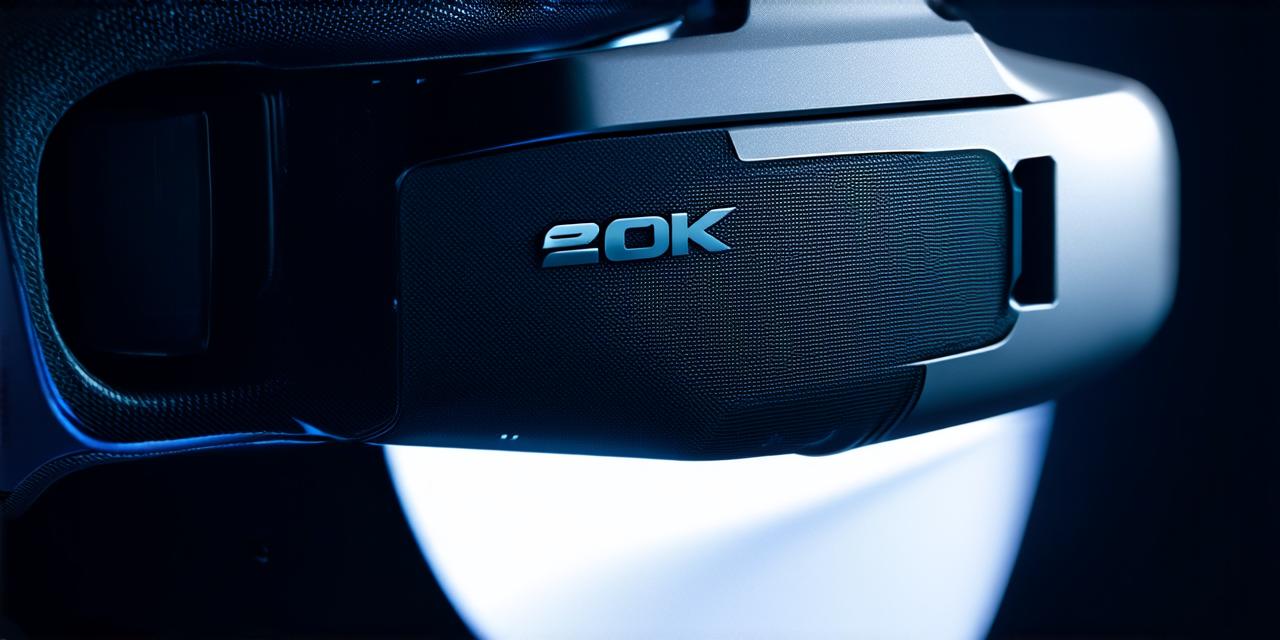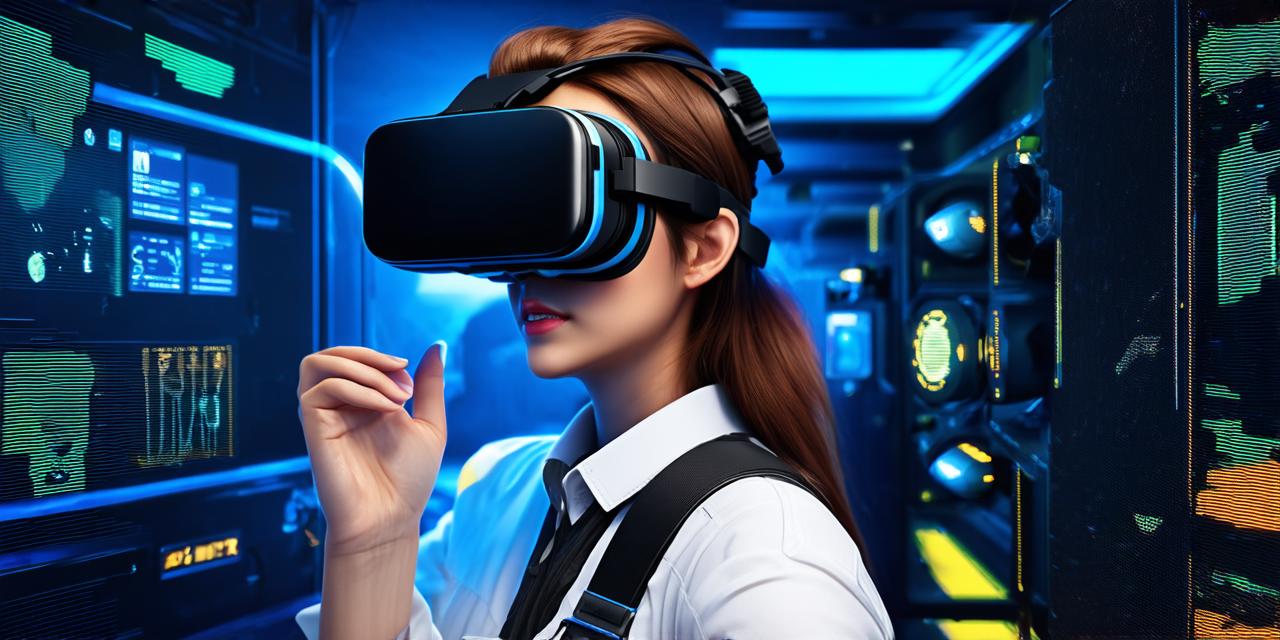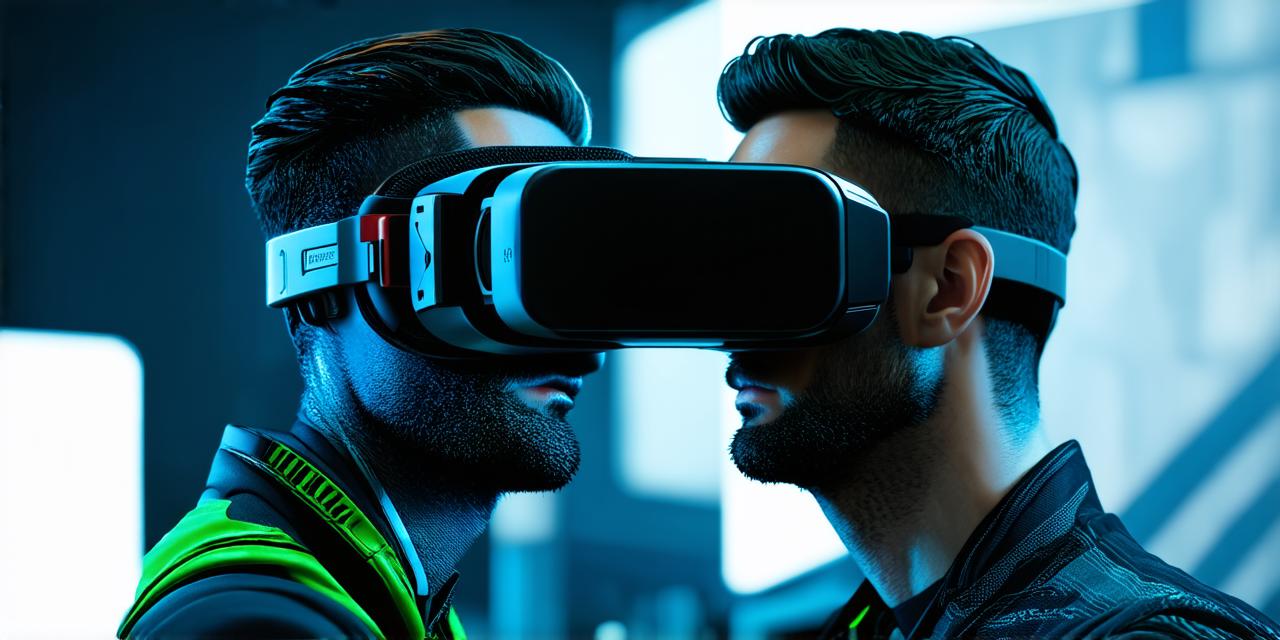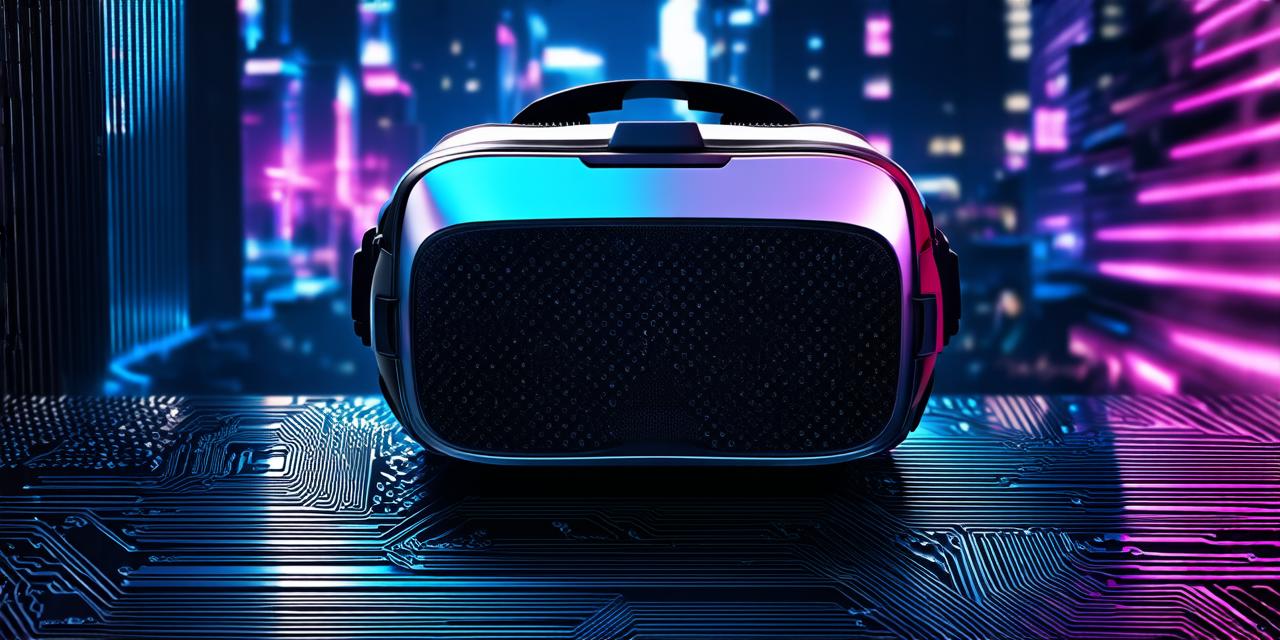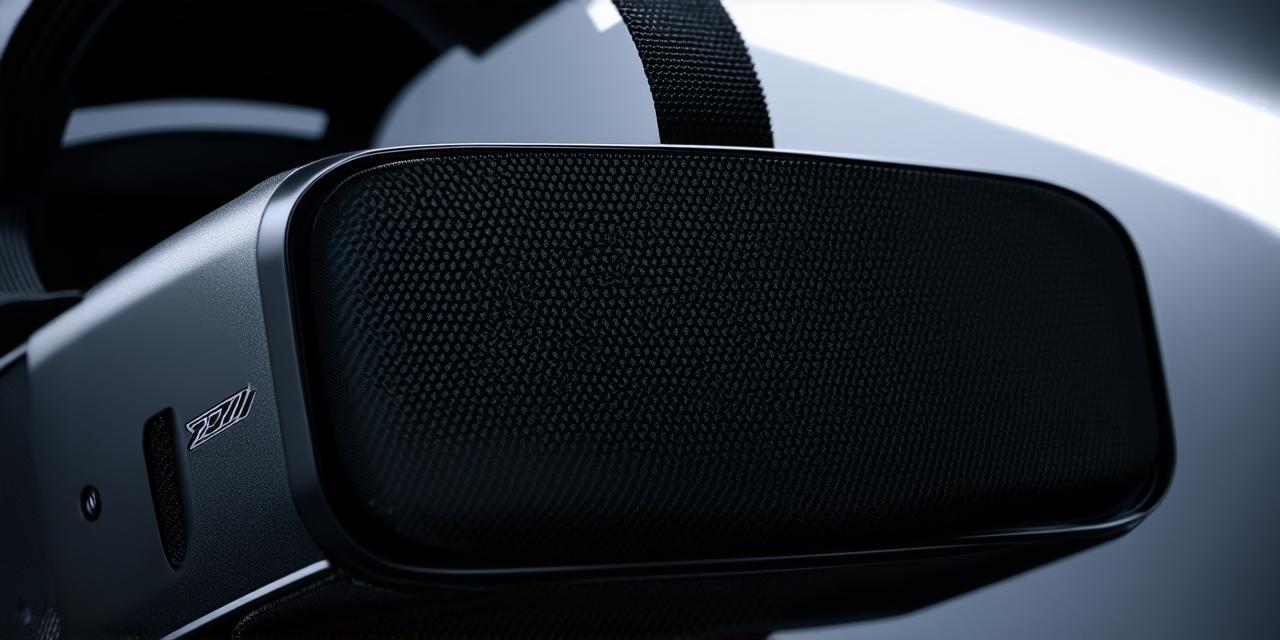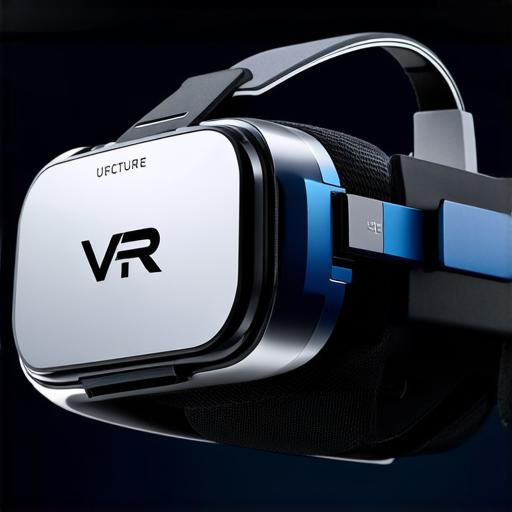
Frame Rate:
Frame rate refers to the number of frames per second (fps) at which a video or animation is displayed. In VR, frame rate is especially important because it directly impacts the smoothness and fluidity of the user experience. A low frame rate can cause motion sickness, blurred vision, and a disorienting effect for the user.
Effects of Low Frame Rate:
A low frame rate can have several negative effects on the VR user experience. These include:
- Motion sickness
- Blurred vision
- Disorientation
- Performance issues
Optimizing Frame Rate:
To optimize frame rate in VR applications, developers should consider several factors:
- Graphics complexity: The more complex the graphics, the higher the frame rate required to maintain a smooth user experience. Developers should use techniques such as texture compression and LOD (level of detail) to reduce the load on the hardware and improve performance.
- Gameplay mechanics: Games with fast-paced or dynamic gameplay mechanics will require a higher frame rate to ensure that the user can keep up with the action. Developers should optimize their code for smooth movement, collision detection, and other critical gameplay elements.
- Hardware capabilities: The performance of the VR hardware will also impact the optimal frame rate. Developers should consider the specifications of the target hardware and adjust their application accordingly to ensure that it runs smoothly on a wide range of devices.
- User expectations: Finally, developers should strive to provide a consistent and engaging user experience that meets the needs of their target audience. By targeting a high frame rate, developers can ensure that their applications provide a smooth, immersive, and seamless user experience.
In conclusion, understanding the importance of frame rate in VR is crucial for developers to create optimal and engaging experiences for users. By targeting a high frame rate, developers can ensure that their applications provide a smooth, immersive, and seamless user experience.
